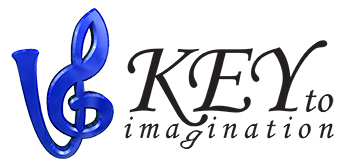Instrument

Tsimbaly (or hammer dulcimer) from Belarus and Ukraine is an ancient trapezoidal music instrument with several courses of strings. It is played by striking or plucking the strings.
History Dulcimers originated in the Middle East, approximately during the first millennium A.D. The instrument was brought to Europe from the Middle East during the Crusades, and similar instruments have spread around the world. Dulcimers have many names in many lands: Cimbalom – Hungary, Tiompan – Ireland, Santur – Iran, Yang q’in – China, Hackbrett – Austria, Sandouri – Greece, Salterio –Italy, Zither – Germany, etc.
The name “dulcimer” is derived from Latin, meaning “sweet sound”. Hammered dulcimers were popular in England during the reign of James I, when the Bible was translated into English as the King James Bible. The dulcimer was mentioned in the Book of Daniel 3:5 among other instruments “..the sound of the cornet, flute, harp, sackbut, psaltery, dulcimer, and all kinds of musick…” A piano could be described as a mechanized hammer dulcimer operated by keys derived from a harpsichord. Thus the pianoforte is more aptly described as the “keyed dulcimer” than as an “improved harpsichord”.
Currently Modern Tsimbaly is a fully chromatic instrument with the range G–B3 where C1 is middle C on piano. Strings are steel piano wire with wound courses in the bass. These are strung to high tensions and at the ideal tensile stress to give a loud, rich tone.
 Vladimir Gorodkin
Vladimir Gorodkin